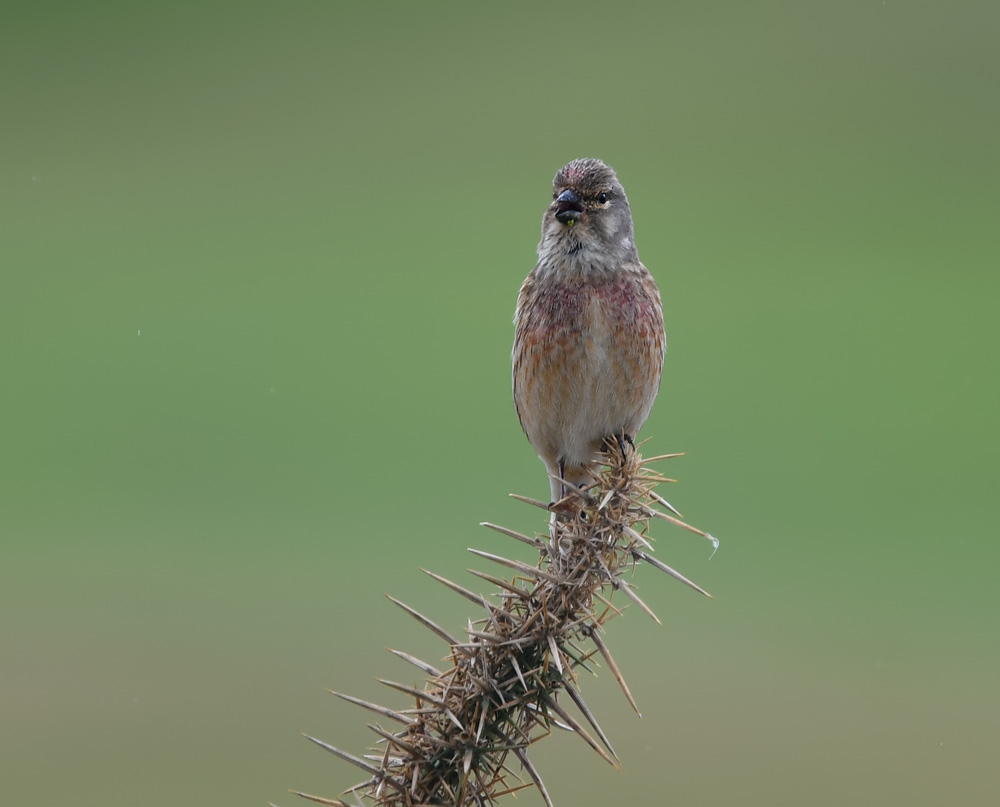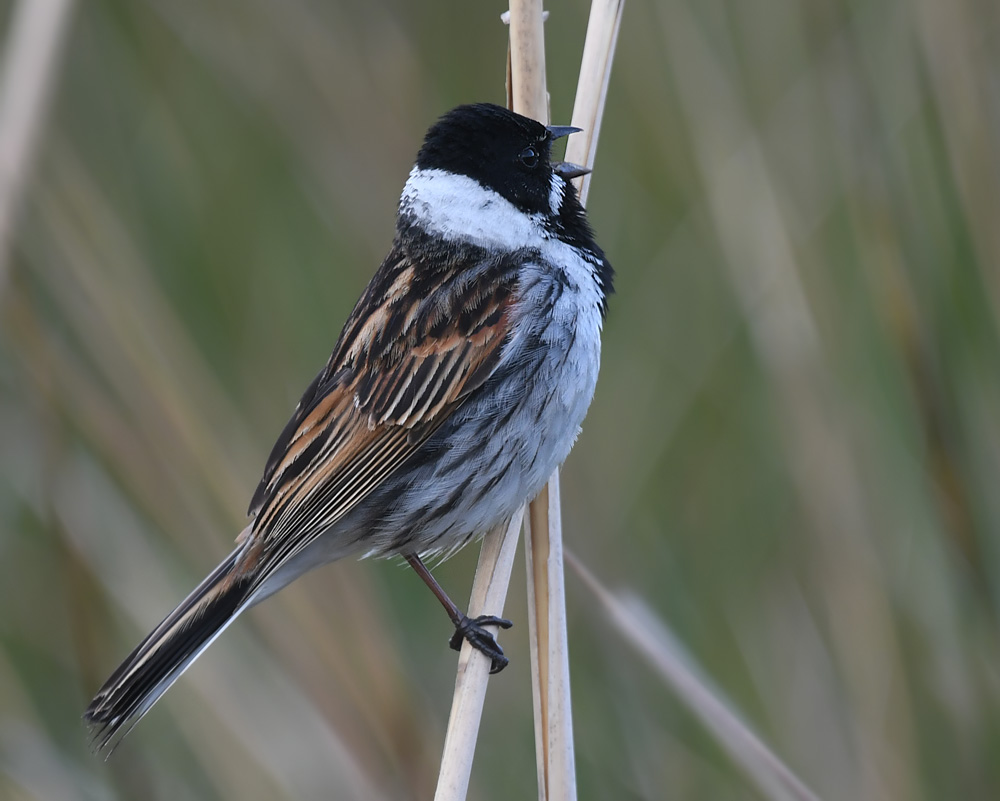A Quieter but Less Silent Spring? Bird song and COVID-19

It could seem crass to talk of happy coincidences in the ongoing COVID-19 outbreak but one fortunate aspect is that the epidemic arrived in northern Europe during springtime. While daily life has transformed and death has seemed close at hand, the vernal burgeoning of life has offered comfort to many. Lockdown’s disruption of the normally hectic rhythms and sounds of the city has helped reveal a new layer of life, audible in the singing of birds as they go about their own business of making places and homes. But what are the conditions for this seemingly fresh experience of spring, that seems at once quieter and less silent than usual?
We can look in the first instance to changes in bird behaviour during lockdown. Birds, particularly those that live close to humans, pay attention to us and our activities and respond accordingly. In noisy, urban environments it’s clear from research that the singing of birds alters responsively to anthropogenic sound. Birds sing more loudly, sometimes at different frequencies and sometimes at different times. It takes a lot of work for birds to make themselves heard in the city. When the mechanistic bustle of urban living eases, it’s possible that room can be found in the air for bird song to emerge in new ways, or perhaps to return to older, quieter patterns. Much has been made during the crisis, often in ironic memes, that ‘nature is healing’ as human activity becomes less forceful; animals that once shunned streets and parks become emboldened; air becomes clearer and cleaner.
Nature hasn’t really been healing, but there are perhaps changes to how we relate to our environment, of what we notice and how we take note, that have made certain manifestations of nature more perceptible. For the most part, the birds and other animals have always been there, but their presence was furtive, made elusive under the clatter of human busyness and our own rush to get things done. Time has shifted, or, more precisely, temporality – the emergence of rhythm from activity – has slowed and compressed. The long- and medium-term have become less knowable and less of a focus. The present looms larger, more precarious but more vivid for that. Life is simpler and more fundamental, just as it is for birds as they make their territories, migrate, and raise their young.
Human life has also retreated indoors, as the capacity for expansive journeying that characterises our age is curtailed. Bird song, like any sound, cuts across the boundaries we make for ourselves. Can you have an experience of wild nature, lying in bed, half asleep under a duvet? As a blackbird sings its rounded refrain from a rooftop in the early morning or a herring gull cries its seagull wail, the sound drifts in through the most stubborn of double-glazing to connect the sleeper to the world outside. We hear the world waking around us before we feel like rising ourselves. The falling away of rush hour traffic and the longer lie-ins for some draw us more readily to an older rush of activity as the spring outside is worked at by the birds, the insects, and the warming sunrise.
As we stay at home, the small changes in what we hear can become more apparent. After all, change always needs to be measured against continuity. Seasonality is most readily perceived when we inhabit a place intimately and notice the shifting details. Gradually more and more birds take to song, first the resident species and then an ongoing arrival of summer visitors as the spring progresses: robins, wrens, song thrushes, blackbirds, chaffinches then chiffchaffs, willow warblers, blackcaps, swallows, swifts and whitethroats. Even those unable to identify the species can still notice the air filling and the sound diversifying as spring emerges.


Life hasn’t quite been confined to the home for some, and the potential for local exploration is another condition for these new experiences of bird song. In the UK, people have been allowed outside every day for exercise, such as walking or cycling. Doing this in solitude, as encouraged by government, frees the walker from the chatter of companions and has the side effect of drawing attention to the world around. Unable to travel to ‘the wilds’, these COVID flaneurs have instead searched for the wild in their neighbourhoods. What once might have been sought in hills and forests is now noticed in tangles of bramble on waste ground or in the goings-on up in the canopy of street-lining trees. For residents of leafy suburbs – where big, old trees stand astride big, old houses – bird song has long been known as an indicator of a ‘quality of life’ that some are able to pay extra for. But it can be just as apparent elsewhere.
My own neighbourhood is one of the most deprived in Aberdeen, but its avian richness is growing, which in turn has enriched the state-sanctioned exercise of residents. Six years ago, the local council developed an area of wetland and woodland, sandwiched between a council estate and the main southbound railway line. In spring this small patch of wildness is thick with the singing of sedge and willow warblers, reed buntings, moorhens, linnets, whitethroats and blackcaps. Through active habitat creation rather than human retreat, nature really has been healing here. Dog- and pram-walkers have taken their opportunity to get out the house and explore the area, serenaded by a chorus of birds both common and scarce. Although the paths can seem busier with people than usual, the experience is more tranquil because of reduced car traffic, fewer aircraft and trains, and the postponement of work on the nearby harbour extension. On a calm evening or morning, it’s easy to feel that you’re much further than a couple of kilometres from the centre of a city of quarter of a million.
Bird song is often conceived as a relaxing backdrop to the good life: a pleasant accompaniment to a timeless experience of leisure. But, to me and many others, it’s more vital than that. I recall correspondence I was sent by a woman who was recovering from treatment for cancer. As she lay in bed, a blackbird would sing each morning, outside her window. She imagined its song telling her ‘get up; get up and come outside; it’s springtime; it’s springtime; don’t give up; come outside; don’t miss it!’ She continued:
Every morning he came and sang me out of bed and into [Grosvenor] square. I began walking around the square early every morning and getting stronger again. Every morning that spring, he came and sang and called me outside, every morning I went outside. I know this sounds a bit silly, but that blackbird song helped me so much. He spoke to me in a primal voice saying things no doctor, family or friend could say! ‘Come outside… come outside’. I am forever grateful. (Vanessa Green)
Over recent weeks we have all been touched by loss of life, both physical and social, but the singing of birds can call to us to help us realise that life can and will continue.
Andrew Whitehouse
Andrew Whitehouse is an environmental anthropologist and birder. He is a lecturer in the Department of Anthropology at the University of Aberdeen, where he researches nature conservation, landscape, and human-bird relations. He conducted the AHRC-funded Listening to Birds project with Tim Ingold, which considered the ways that people relate to birds through sound. He was co-editor of the book Landscapes beyond Land: Routes, aesthetics, narratives (2012: Berghahn) and has published articles on the anxieties of listening to birds in the Anthropocene and on more-than-human seasonalities. He has used the recent COVID-19 lockdown to spend more time birding at his local patch, Girdle Ness in Aberdeen. Twitter: @Anthrobirder

